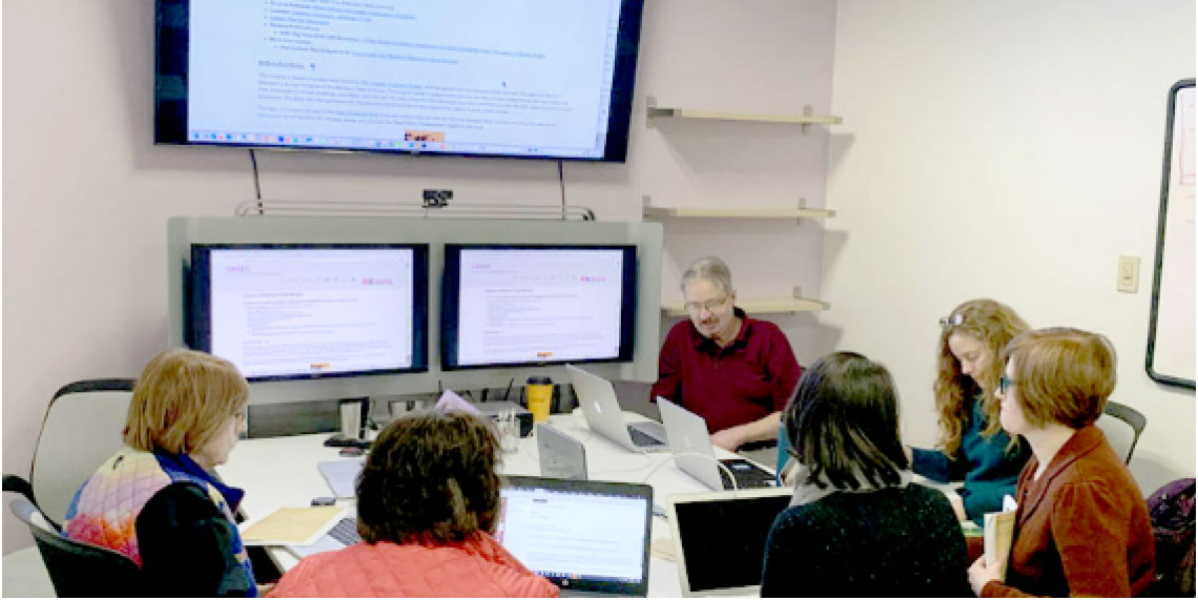A review of four capstone projects that utilized the skills acquired from the DCIP certificate program

Our digital curation certificate program led by Richard Marciano and Mark Conrad, is designed for individuals who are looking to acquire deeper skills and knowledge in their field. The program consists of 3 courses. Introduction to Digital Curation, Tools and Software for Digital Curation, and Implementing Digital Curation in the Workplace.
- Introduction to Digital Curation is a 6-week introductory course. Students will learn the principles for the design and implementation of long-term curation of digital data and information assets.
- Tools and Software for Digital Curation is a 12-week course that provides hands-on experience with a digital curation application and discusses the process of conversion, and preservation of assets.
- Implementing Digital Curation in the Workplace is a 12 week final capstone course. Students who take this course will address the aspects of digital curation in their own organization through a project. They will focus on all aspects of digital curation (strike process) for long-term curation of a specific collection.
Our most recent cohort capstone projects are examples of the type of skills that can be acquired as they progressed through each of the three courses. ESRI Storymap, OCR, Jupyter Notebook are just a few of the digital curation software programs that were identified and utilized to complete these capstone projects.
Jupyter Notebook was used for this capstone titled “A Data-Driven Approach to Reparative Description at the University of Chicago” presented by Ashley Gosselar. This research project was designed to clean the descriptions of the library holdings at the University of Chicago Library’s Hanna Holborn Gray Special Collections Research Center. The goal is to remove the descriptors that are deemed offensive or culturally inappropriate. Follow the steps she took for this project in her Jupyter Notebook.
Lauren Brown’s project “MKULTRA: A Map of the CIA’s Medical Experiments and Torture” used Optical Character Recognition (OCR) to extract text from an image. She also used ESRI StoryMap software, to compile information as she progressed through her project.
Julie Grundvig also used ESRI Storymap to create an interactive online exhibit called “The Buildings That Shaped Us: A Virtual Tour Through York House School Building History.” for the York House School in Vancouver, British Columbia. Her presentation explains her method of archiving using this web base software.
Uncataloged Born Digital records need to be Surveyed, Ingested, Processed, and then added into a finding aid. After identifying these types of records Ricky Gomez used a combination of software such as Forensic Toolkit (FTK), DROID, Isobuster, and Microsoft Access to do so. His capstone presentation “Processing Born-Digital Media in Archival Collections at the Archives of American Art” explains his process in more detail.
The three classes that lead up these capstone projects are geared to the individual learner. Each of these projects are just an example of the type of skills that can be acquired. You can find more information about the Digital Curation for the Information Professional Certificate Program (DCIP) here. with additional examples of projects for the 2021 Cohort here: https://ai-collaboratory.net/2021/08/23/dcip-cohort-2021-presents-capstone-projects/.